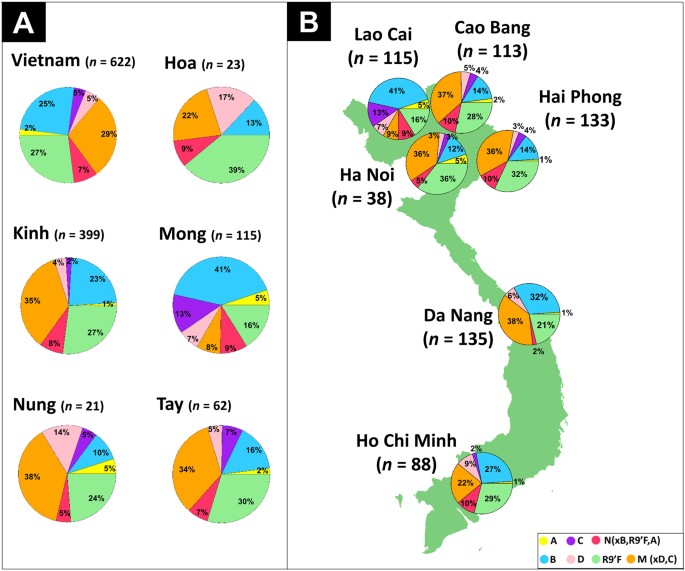Gao1111
Newbie
- Messages
- 64
- Reaction score
- 19
- Points
- 8
Huang chao the cannibal rebel who took Guangzhou and asked foreign merchants for all of their money,women,and everything,to aid his anti-tang rebellion,for exchange He would Let foreigners alive to out of this country,they refused,And Huang chao massacred them within one day,and all their families,and turn into Yangzhou to kill foreigners in that place too,and basicly all foreign merchants are killed by Him.
But I found some haplogroup J is in north vietnam,could be some people fleed to vietnam?

But I found some haplogroup J is in north vietnam,could be some people fleed to vietnam?


